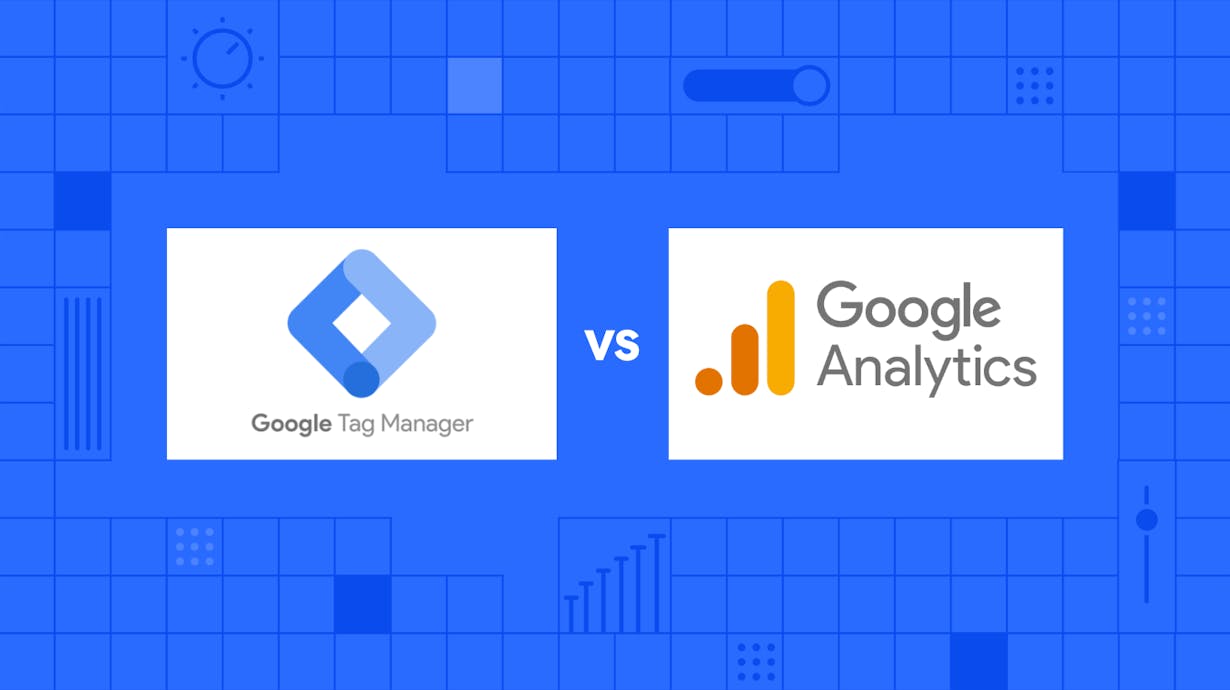Taking Advantage Of the Full Prospective of Google Analytics for Business Growth
In the world of electronic service strategies, Google Analytics stands as a stalwart device for organizations seeking to browse the complexities of on the internet data. As companies make every effort to make educated decisions and enhance their online presence, the concern occurs: Just how can one genuinely open the full potential of Google Analytics to propel organization growth and achieve critical objectives?
Establishing Google Analytics Account
Setting up your Google Analytics account is a vital initial step in successfully tracking and assessing information for your service growth. To begin, see the Google Analytics site and check in with your Google account. Next, click on "Start absolutely free" and follow the prompts to set up your account by supplying details regarding your site, such as the name, URL, industry category, and reporting time area.
After completing these actions, you will obtain a tracking ID, which is a special code that you require to add to your web site. This code allows Google Analytics to collect information and create reports based upon the task taking place on your website. You can add this tracking ID by hand to your website's HTML code or make use of a plugin if you are making use of a platform like WordPress.

Comprehending Trick Metrics

Website Traffic Sources: Recognizing where your website web traffic is originating from (direct, organic search, social media, recommendations) helps in customizing your marketing strategies to focus on channels that drive the most visitors.
Bounce Rate: This statistics suggests the portion of site visitors that browse far from your website after watching just one web page - What Is Not Considered A Source In Google Analytics By Default. A high bounce rate might signify issues with website usability or content importance
Conversion Price: Tracking the percent of site visitors that finish a preferred action, such as authorizing or making a purchase up for a newsletter, is critical for evaluating the effectiveness of your website in achieving business objectives.
Pageviews: Monitoring the number of times each web page on your website is checked out supplies insights into popular content and customer involvement degrees.
Applying Custom-made Tracking
To enhance the depth of understandings collected from Google Analytics, services can benefit considerably by incorporating custom monitoring techniques tailored to their specific purposes. Custom-made tracking allows organizations to track one-of-a-kind information points that are not recorded by default in Google Analytics. By applying custom-made tracking, companies can obtain a much more detailed understanding of user behavior, conversion patterns, and various other essential metrics that are crucial for making educated service decisions.
One usual technique of custom monitoring is setting up occasion tracking to monitor certain individual interactions on an internet site, such as click buttons, video clip sights, or downloads. This allows businesses to evaluate the effectiveness of their site elements and advertising and marketing projects much more specifically.
Furthermore, companies can develop custom measurements and metrics to track and examine information that is details to their market or company version. A shopping firm may set up customized monitoring to check the performance of different product classifications or consumer sectors.
Evaluating Conversion Paths
By leveraging the understandings obtained from custom tracking methods, companies can now concentrate on assessing conversion courses to more refine their understanding of user behavior and optimize their conversion techniques. Evaluating conversion paths includes taking a look at the series of actions individuals take previously completing a preferred action, such as purchasing or signing up for a service. By diving right into the conversion courses within Google Analytics, organizations can recognize usual courses that bring about conversions, along with any kind of traffic jams or drop-off factors that might impede the conversion procedure.
Via the analysis of conversion paths, companies can acquire important insights into the effectiveness of their website layout, web content, and calls to activity. This information can help businesses make informed decisions about where to designate sources for maximum effect on conversion rates. By comprehending the different courses customers tackle their trip to conversion, businesses can customize their marketing approaches to far better overview individuals via the conversion channel and eventually improve their overall conversion prices.
Making Use Of Advanced Attributes
Utilize the complete potential of Google Analytics by exploring its innovative features to improve your service's data-driven decision-making capabilities. Custom-made records allow you to tailor the information presented to meet your specific organization needs and goals.
In addition, progressed segmentation allows you examine different parts of your internet site's website traffic to determine opportunities, patterns, and fads. By segmenting your target market based on different criteria like demographics, behavior, or traffic resources, you can much better comprehend their preferences and customize your marketing strategies as necessary. Leveraging these innovative functions in Google Analytics can supply important insights that drive notified decision-making and inevitably add to your business's growth.
Conclusion
Finally, taking advantage of the complete possibility of Google Analytics for company development includes establishing an account, comprehending key metrics, implementing customized tracking, assessing conversion paths, and utilizing sophisticated attributes. By utilizing these methods properly, companies can get beneficial insights into their web site efficiency, customer behavior, and conversion rates. This data-driven technique can aid organizations make informed decisions, enhance their on the internet visibility, and inevitably achieve sustainable growth.
As companies aim this hyperlink to make educated choices and maximize their on-line visibility, the inquiry emerges: How can one truly unlock the full potential of Google Analytics to push service development and accomplish calculated purposes?To boost the deepness of understandings collected from Google Analytics, services can profit dramatically by including custom tracking techniques tailored to their particular goals. Customized tracking allows businesses to track unique data points that are not captured by default in Google Analytics. By delving into the conversion courses within Google Analytics, organizations can recognize usual paths that lead to conversions, as well as any type of bottlenecks or drop-off points that may impede the conversion process.
In conclusion, utilizing the full possibility of Google Analytics for service development involves setting up an account, understanding vital metrics, applying custom-made tracking, evaluating conversion paths, and utilizing advanced other attributes.